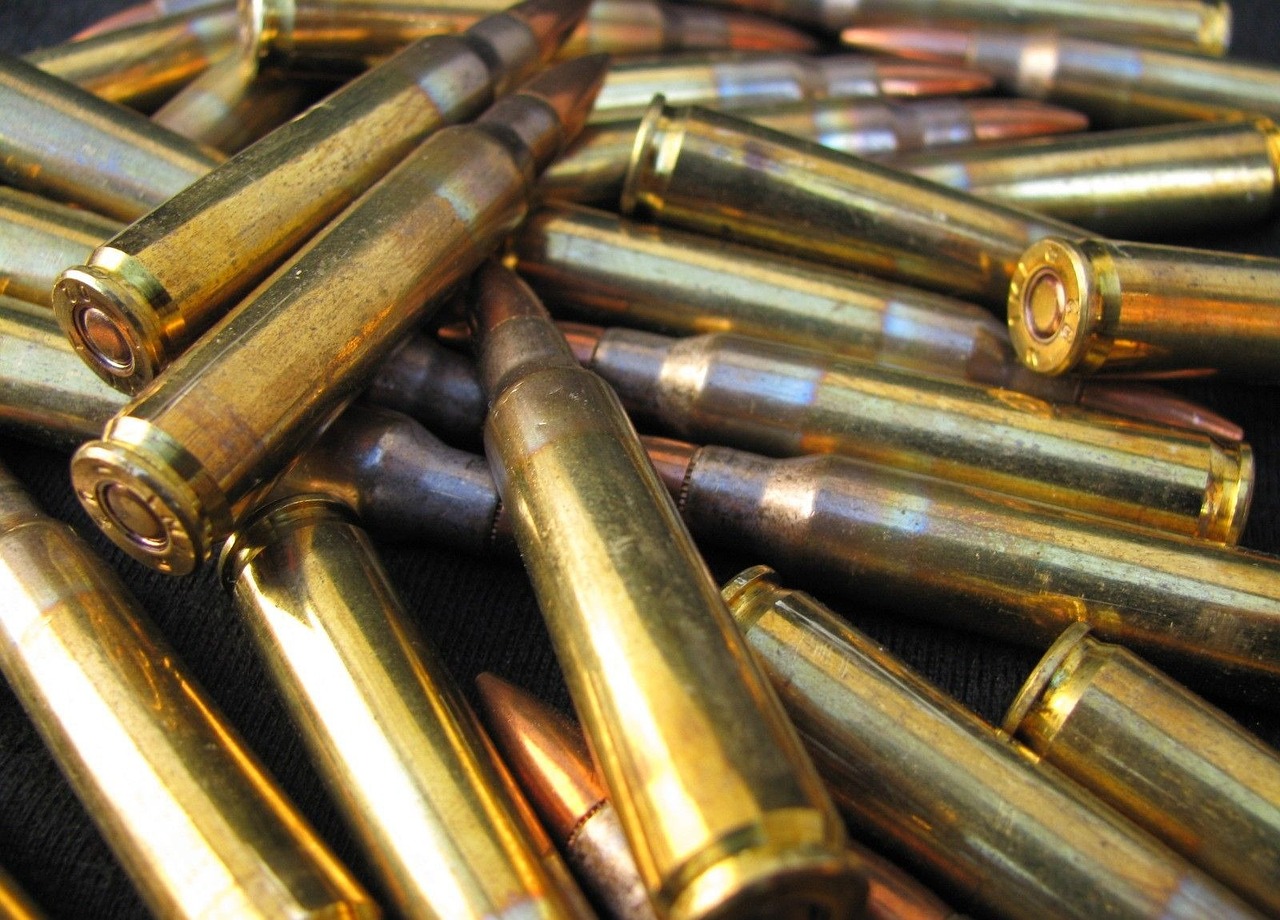
Articles have appeared covering the “significant” increase in annual artillery ammunition production by Russia. Moscow is producing artillery shells three times faster than Ukraine’s Western allies, according to these sources. The manufacture of 152 mm artillery rounds has increased from 400,000 annually to 2 million. That is a lot of ammunition, but a little perspective is necessary.
Sure, 2 million rounds per year is a lot. Yet during the First World War, more than 1.7 billion artillery rounds were fired or around 430,000,000 per year. The Second World War saw 11 million tons of artillery ammunition used. I guess they didn’t bother counting individual rounds.
The U.S. Third Army’s XX Corps fired 40,000 artillery rounds during two consecutive days in September 1944. Alone, its 274th Armored Artillery Battalion, equipped with 18 105mm M-7 self-propelled artillery pieces, fired 104,319 rounds between August 19, 1944 and the end of the war. As a whole, the Third Army fired over 5 million artillery rounds.
Artillery was a deadly threat. Shrapnel from artillery rounds caused 53 percent of U.S. battlefield deaths and 62 percent of the wounds. The Korean War figures were 59 percent of deaths and 61 percent of wounds and in Vietnam it was 36 percent of the deaths and 65 percent of the wounds.
The Korean War saw U.N. forces fire more than 2 million rounds during June and July 1953.
Putin can claim Russia is on a “Soviet-style” war footing, but this is not even close to the truth. The Soviets sacrificed every other aspect of their economy to support the war and still needed massive support from its Allies to survive.
Two million is a large number, but considering the ravenous appetite of the modern battlefield this figure is more of a snack than a full meal.
For more than 35 years, Larry has been involved in research and analytical work for various Forecast International projects. He has contributed to the Airborne Electronics Forecast and was chief editor on the World Aerospace Weekly newsletter. Larry was directly responsible for the creation of World Weapons Review, a biweekly industry market research publication specializing in weapon systems and related material. He was the creator of Unmanned Vehicles Forecast, launched to cover the growing market for civil and military drones, and was involved in the development of the Airborne Retrofit & Modernization Forecast service. He is currently responsible for the Missile Forecast and for FI's two Unmanned Vehicles Forecast services – Airborne Systems and Land & Sea Systems.




